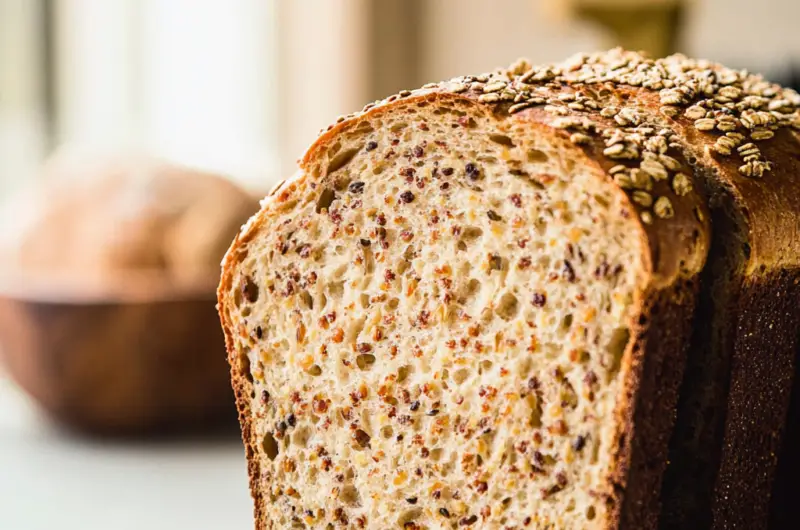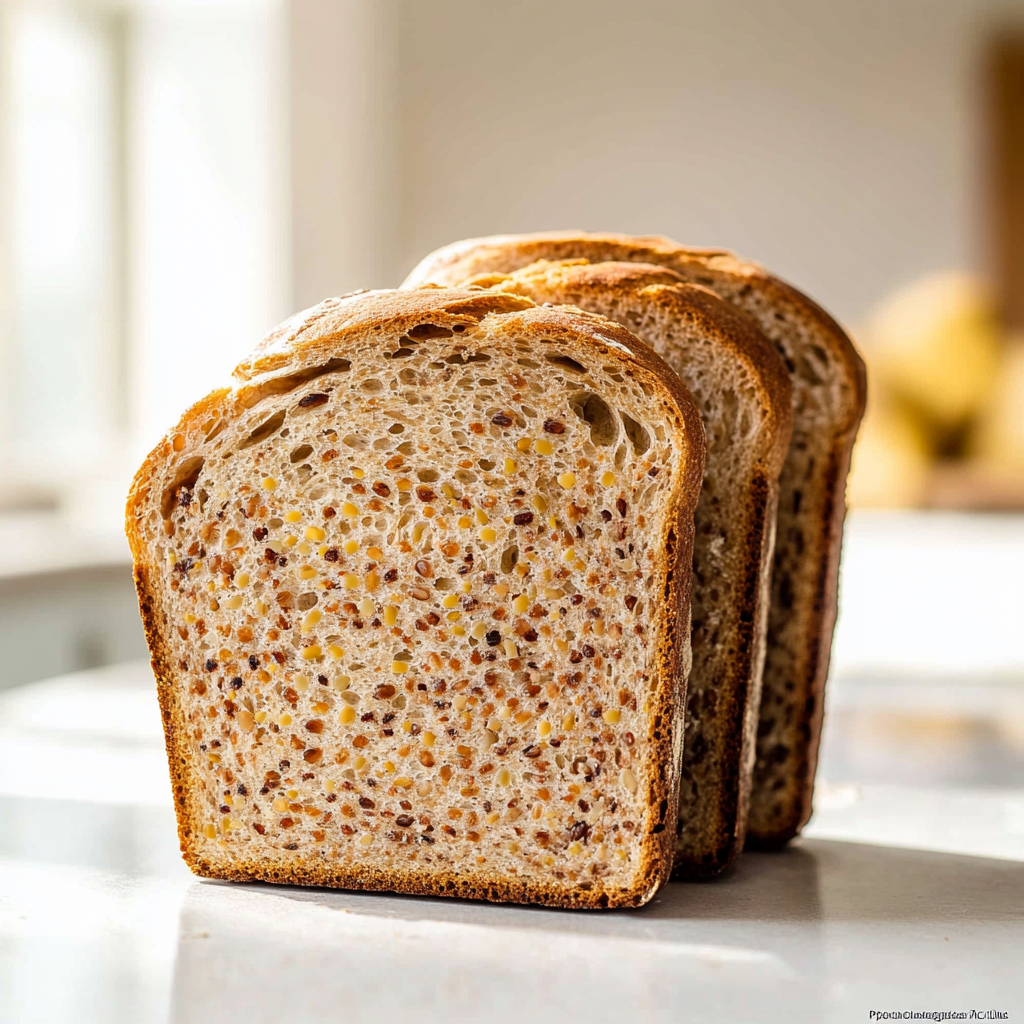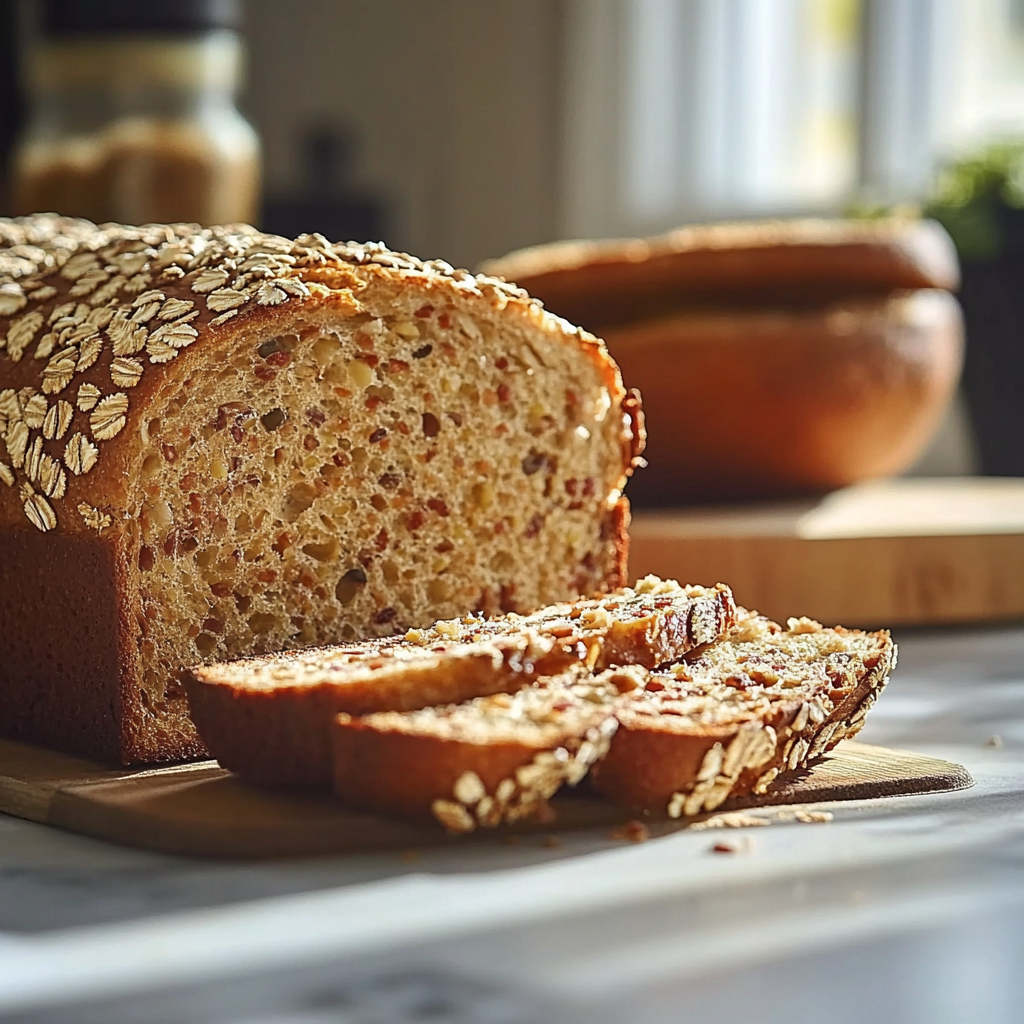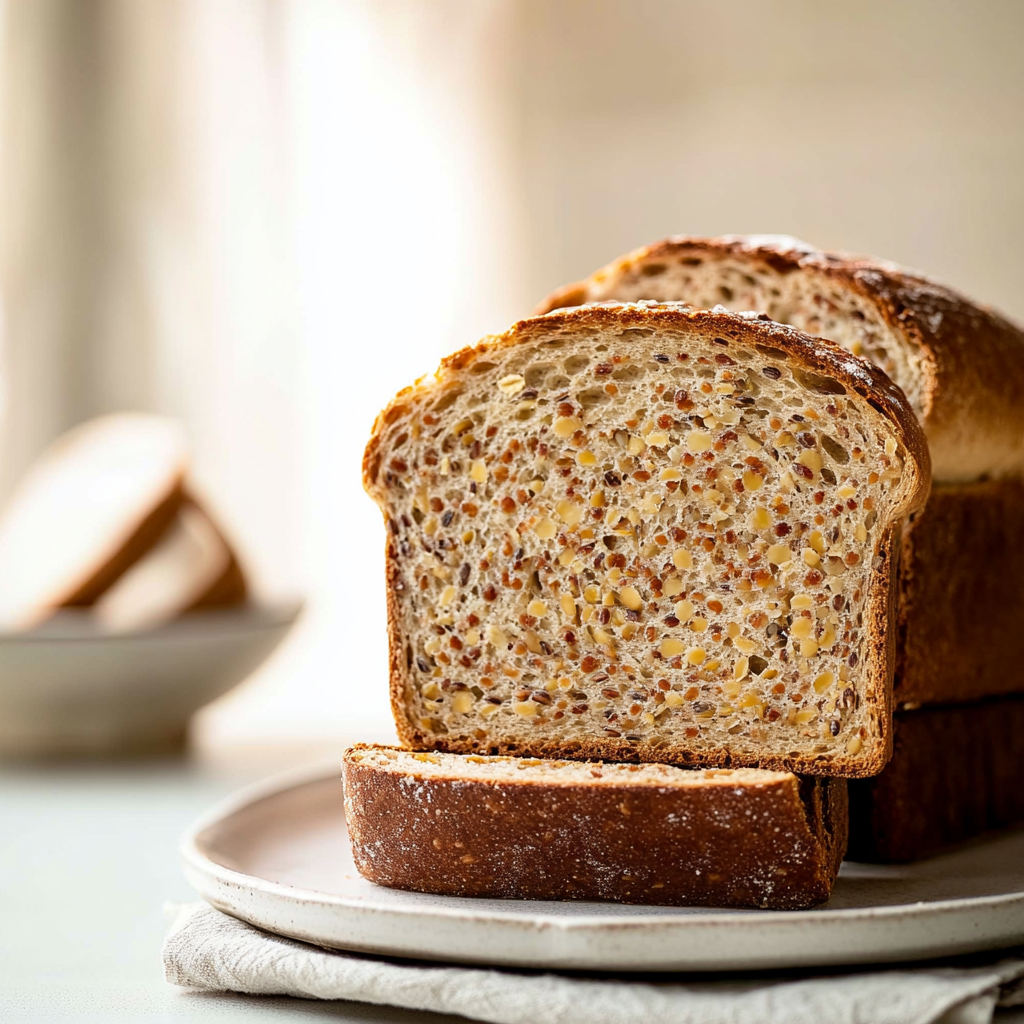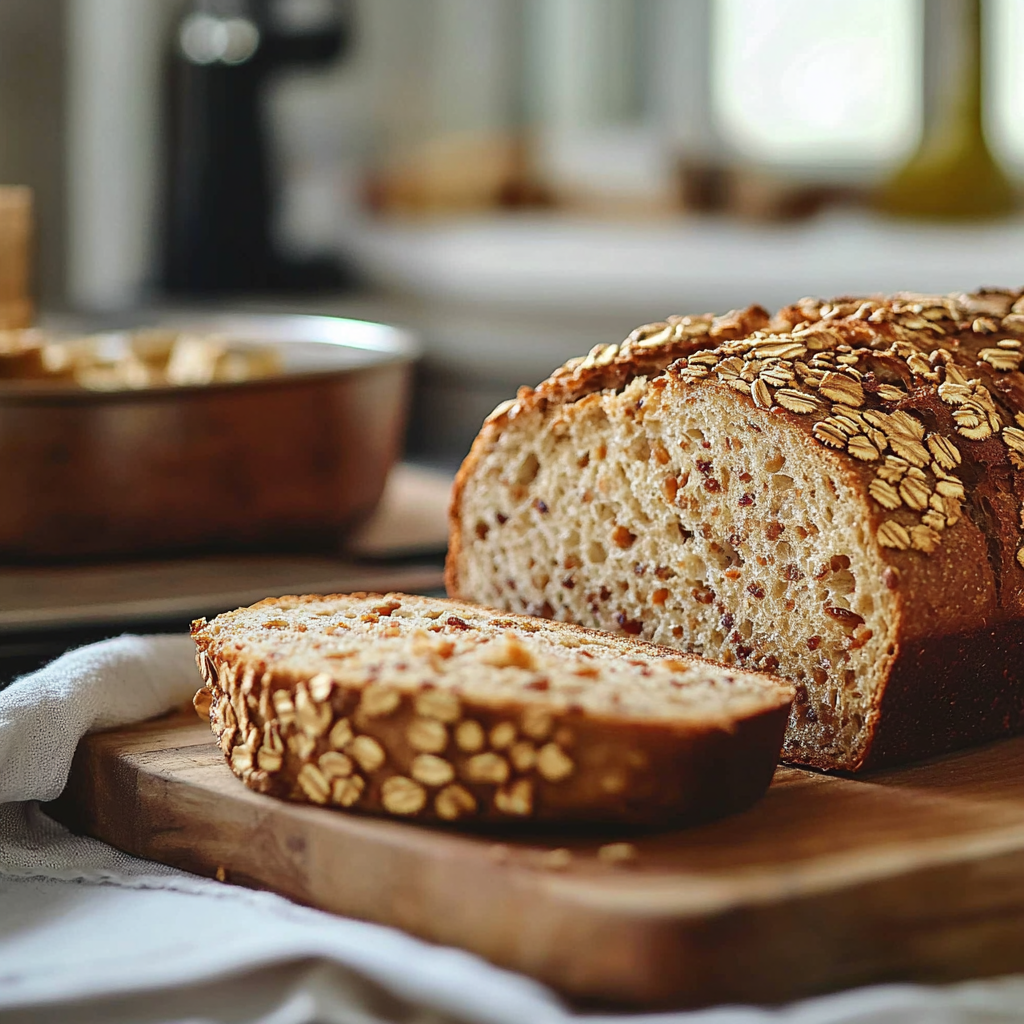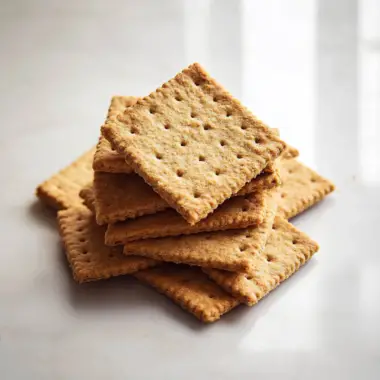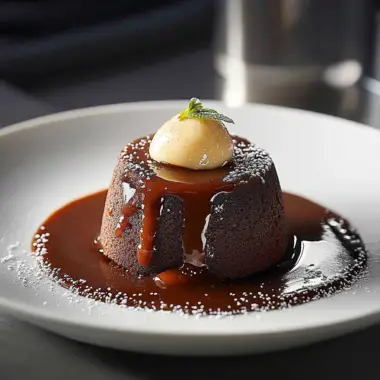Are you looking for a nutritious and delicious way to enjoy your daily bread? Look no further than this multigrain bread recipe! Packed with various grains and seeds, this wholesome loaf not only offers an incredible texture but also a delightful nutty flavor that elevates any meal. Whether you’re making sandwiches for lunch or simply enjoying a slice with butter, this homemade multigrain bread is sure to impress. It’s surprisingly easy to prepare and requires minimal ingredients. In just a few simple steps, you’ll be able to bake your very own fresh loaf of multigrain goodness. Plus, the health benefits of incorporating different grains into your diet can’t be overlooked—this bread is rich in fiber and essential nutrients. So roll up your sleeves and get ready to create a staple that will keep you coming back for more!
Why You’ll Love This Multigrain Bread
- Nutrient-Rich: This multigrain bread is loaded with vitamins and minerals thanks to the variety of grains used in the recipe.
- Great Texture: The mix of seeds and grains creates a delightful crunch that enhances every bite.
- Customizable: You can easily adjust the ingredients based on your preferences or what you have on hand.
- Healthier Choice: Multigrain options are generally more nutritious than white bread, making it a better choice for your diet.
Ingredients for Multigrain Bread
Here’s what you’ll need to make this delicious dish:
- Whole Wheat Flour: This flour serves as the base for the loaf, providing essential nutrients while adding depth of flavor.
- All-Purpose Flour: A blend of all-purpose flour helps achieve a light texture in the finished product.
- Active Dry Yeast: This yeast is crucial for helping the dough rise properly during baking.
- Water: Warm water activates the yeast and helps bind all ingredients together; ensure it’s not too hot or cold.
- Honey or Maple Syrup: A touch of sweetness from honey or maple syrup balances flavors while feeding the yeast.
- Salt: Salt enhances flavor and strengthens gluten structure in the dough.
- Seeds (e.g., sunflower seeds, flaxseeds): These add nutritional benefits as well as an appealing crunch to each slice.
The full ingredients list, including measurements, is provided in the recipe card directly below.
Love this? You’ll enjoy this one too!
How to Make Multigrain Bread
Follow these simple steps to prepare this delicious dish:
Step 1: Prepare Your Dough
Start by combining whole wheat flour, all-purpose flour, salt, and seeds in a large mixing bowl. In another bowl, dissolve active dry yeast in warm water along with honey or maple syrup. Allow it to sit for about five minutes until frothy.
Step 2: Mix Ingredients
Pour the yeast mixture into the dry ingredients. Stir until combined; then knead on a lightly floured surface for about eight minutes until smooth and elastic.
Step 3: First Rise
Place the dough in a greased bowl and cover it with a damp cloth. Allow it to rise in a warm area for approximately one hour or until doubled in size.
Step 4: Shape Your Loaf
Once risen, punch down the dough gently and turn it out onto a floured surface. Shape it into a loaf by rolling it tightly from one end.
Step 5: Second Rise
Transfer the shaped dough into a greased loaf pan. Cover again and let it rise for another thirty minutes until puffy.
Step 6: Bake Your Bread
Preheat your oven to 375°F (190°C). Once preheated, place the loaf in the oven and bake for about thirty-five minutes until golden brown.
Transfer to a wire rack to cool completely before slicing for best results.
Tips and Tricks
Here are some helpful tips to ensure the best results for your dish:
- Kneading Technique: Knead thoroughly until smooth; this develops gluten which gives structure to your bread.
- <strong=Temperature Check: Use an instant-read thermometer; your bread should reach about 190°F (88°C) when done baking.
- Storage Method: Keep leftover loaves wrapped tightly at room temperature or freeze slices for later use.
- Add More Seeds!: Feel free to experiment by adding various seeds like sesame or pumpkin for extra nutrition and flavor.
See what else you can whip up in the kitchen!
How to Serve Multigrain Bread
This Multigrain Bread is versatile and pairs wonderfully with:
- Rice or Potatoes: A hearty base that soaks up the delicious sauce.
- Fresh Salad: Adds a crisp and refreshing contrast to the rich flavors of the dish.
- Avocado Spread: Creamy and nutritious, it enhances the wholesome taste of the bread.
- Cheese Platter: The nutty flavor of multigrain complements various cheeses perfectly.
- Soups or Stews: Ideal for dipping, the bread absorbs flavors beautifully.
Feel free to pair it with your favorite sides for a personalized meal!
Make Ahead and Storage
- Make Ahead: You can prepare the dough in advance. Mix all ingredients and let it rise for about one hour. Shape the bread and refrigerate overnight. Allow it to come to room temperature before baking, which takes about 30 minutes.
- Storing: Store leftover Multigrain Bread in an airtight container at room temperature for up to three days. For longer storage, wrap it tightly in plastic wrap and freeze for up to three months.
- Reheating: To reheat, preheat your oven to 350°F (175°C). Place the bread directly on the oven rack for about ten minutes until warm. This will help maintain its crusty exterior while keeping the inside soft.
Love this flavor? You’ll adore this one too!
Suggestions for Multigrain Bread
Use Fresh Ingredients
Using fresh ingredients is crucial when making multigrain bread. Stale flour can ruin the texture and flavor of your loaf, making it dense and unappetizing. Always check the expiration dates on your grains and flours. Also, consider using whole grains instead of refined ones, as they add more nutrients and fiber to your bread. When you select seeds or nuts for your recipe, ensure they are not rancid. Fresh ingredients will enhance the taste and nutritional profile of your multigrain bread.
Pay Attention to Hydration
Hydration plays a vital role in the quality of multigrain bread. Each grain absorbs water differently, so it’s essential to adjust your liquid levels accordingly. If your dough feels too dry, add a little more water gradually until you achieve a smooth consistency. Conversely, if the dough is too wet, incorporate a bit more flour. A well-hydrated dough will rise better and yield a lighter texture in your final product.
Don’t Skip the Kneading Process
Kneading is often overlooked but is essential for developing gluten in multigrain bread. Proper kneading will help create a good structure that supports the weight of the grains and seeds. Aim for at least 10 minutes of kneading by hand or about 5-7 minutes with a mixer fitted with a dough hook. Watch for elasticity; the dough should stretch without breaking. Skipping this step can lead to dense or crumbly bread that does not rise properly.
Allow Sufficient Proofing Time
Proofing time is critical for achieving the perfect rise in multigrain bread. After kneading, let your dough rest until it doubles in size; this usually takes about 1-2 hours depending on temperature and humidity. Be patient during this phase; rushing can result in underproofed bread that collapses during baking. You can test if your dough is ready by gently poking it; if the indentation remains, it’s time to shape and bake.
Want to try something new? Check out this recipe!
FAQs
What grains are best for multigrain bread?
When creating multigrain bread, various grains can enhance both flavor and texture. Common choices include oats, barley, millet, spelt, and quinoa. Each grain contributes unique nutrients; for instance, oats are rich in soluble fiber, while quinoa offers complete protein. Mixing these grains not only adds complexity but also increases the health benefits of your bread. Experiment with different combinations to find what suits your taste preferences best.
How can I store multigrain bread?
To store multigrain bread effectively, allow it to cool completely before wrapping it up to prevent moisture build-up that causes mold. Use a clean kitchen towel or paper bag for short-term storage at room temperature; this keeps the crust crispy while maintaining softness inside. For longer storage, slice the loaf and place it in an airtight container or freezer bag before freezing it. This way, you can enjoy fresh slices anytime without compromising quality.
Can I substitute flours when making multigrain bread?
Yes! Substituting flours allows for creativity in making multigrain bread tailored to your taste or dietary needs. While whole wheat flour is popular due to its robust flavor and nutrition profile, you can experiment with rye flour for a denser loaf or almond flour for gluten-free options. Ensure that these substitutions maintain similar hydration levels since different flours absorb moisture differently; adjust liquid ratios as necessary.
Is homemade multigrain bread healthier than store-bought?
Homemade multigrain bread often proves healthier than many store-bought versions because you control all ingredients used during preparation. Supermarket breads may contain preservatives or added sugars that compromise health benefits. By making multigrain bread at home, you can choose high-quality whole grains and omit unwanted additives while tailoring flavors according to personal preference—resulting in fresher and more nutritious loaves.
Looking for more? This dish is a must-try!
Conclusion for Multigrain Bread
In summary, creating delicious mulitgrain bread involves careful attention to ingredient freshness, hydration levels, adequate kneading time, and proper proofing techniques. By following these suggestions along with experimenting with various grains and flours, you will unlock endless possibilities while enhancing both flavor and nutrition in each loaf you bake. Remember to store any leftover bread properly to maintain its quality over time—your efforts will yield delightful results that make every slice worth savoring! Enjoy the process and share this wholesome treat with family and friends!
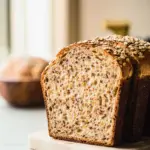
Homemade Multigrain Bread
- Total Time: 50 minutes
- Yield: Approximately 12 servings 1x
Description
Homemade multigrain bread is a wholesome delight that combines various grains and seeds, resulting in a nutritious and flavorful loaf perfect for any meal. This recipe allows you to enjoy the satisfaction of baking your own bread while ensuring it’s packed with essential nutrients. With a crunchy crust and soft, chewy interior, this multigrain bread is versatile enough for sandwiches, toasts, or as an accompaniment to soups and salads. Each slice bursts with flavor and health benefits, making it an excellent choice for health-conscious eaters. Gather your ingredients, roll up your sleeves, and treat yourself to this delicious homemade multigrain bread!
Ingredients
- 2 cups whole wheat flour
- 1 cup all-purpose flour
- 2 teaspoons active dry yeast
- 1 ¼ cups warm water
- 2 tablespoons honey or maple syrup
- 1 teaspoon salt
- ½ cup mixed seeds (such as sunflower and flaxseeds)
Instructions
- In a bowl, combine whole wheat flour, all-purpose flour, salt, and seeds.
- In another bowl, dissolve yeast in warm water with honey or maple syrup; let it sit until frothy (about 5 minutes).
- Mix the yeast mixture into the dry ingredients; knead until smooth (about 8 minutes).
- Place the dough in a greased bowl; cover and let rise for about 1 hour or until doubled.
- Punch down the dough; shape it into a loaf and place it in a greased loaf pan.
- Cover again and let it rise for an additional 30 minutes.
- Preheat the oven to 375°F (190°C) and bake the loaf for about 35 minutes until golden brown.
Notes
Experiment with different seeds like sesame or pumpkin to enhance nutrition.
Store leftover bread wrapped at room temperature for up to three days or freeze for longer storage.
- Prep Time: 15 minutes
- Cook Time: 35 minutes
- Category: Bread
- Method: Baking
- Cuisine: Multigrain
Nutrition
- Serving Size: 1 slice (45g)
- Calories: 120
- Sugar: 2g
- Sodium: 150mg
- Fat: 2g
- Saturated Fat: 0g
- Unsaturated Fat: 1g
- Trans Fat: 0g
- Carbohydrates: 22g
- Fiber: 3g
- Protein: 4g
- Cholesterol: 0mg

